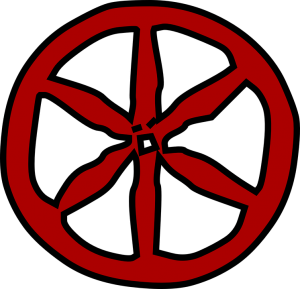
History of the Song
The origin of the “Wheels on the Bus” is unsure. It’s believed to have been created by Verna Hills of Boston Massachusetts. The song appeared in 1939 in the 25th volume of “American Childhood”. The song was written to entertain children while they rode the school bus.
This song became popular when motorized school buses were used more frequently. The routes became longer, and children spent more time on the bus. The song teaches children how to participate in groups, learn vocabulary, and use hand motions with songs. The lyrics are based on an old nursery rhyme called “Here We Go Round the Mulberry Bush”.
This song teaches children about the wheels on the bus, the sound of the horn, how the ride is bumpy, and kids get tossed around. It teaches about the movement of the parts: the windshield wipers, lights, and how the doors open and close. The song has added lyrics about the bus driver and their role.
This song means different things to different people. It teaches children 0-5 new words, vocabulary, concepts about travel, and many creative lesson plans can be based on this song. The song is used for young children primarily.
Activities Using This Song
This creative song can be used to do many different activities with young children. Draw the bus and its part on the board or smart board and let the children try to draw them. The parts of the bus are the wheels, wipers, doors, seats inside, steering wheel, windows, and passengers.
The noises that the parts make can be explained to the children. The windshield wipers go back and forth making a swishing noise. The wheels spin and it has a horn to honk at people in the road. Children on the bus talk, laugh, and yell.
The vocabulary of the song can be recited and the words explained individually. Learn the gestures that go with the song, when it is sung. This teaches children movement and coordination when singing.
Arrange chairs in the room in rows, like the inside of a bus. Have the children line up and than sit down in the chairs. Before they sit down, they can pay the driver with play money. Beep the horn, stand up and sit down, lean left and right as you go around corners, and stop the bus and get off. Some kids can pretend to be the driver.
Children can learn colors by using the Bus Color Snap Templates. They can be printed out and laminated. Read different books that teach about transportation. Some choices are “Car and Trucks and Things That Go” by Richard Scarry, or “Bob’s Bus”. Ask questions after reading and do a written exercise on words or part of the bus.
A visit to a local transporatation museum where children can see buses, trucks, cars and transportation is another way to learn from the song.